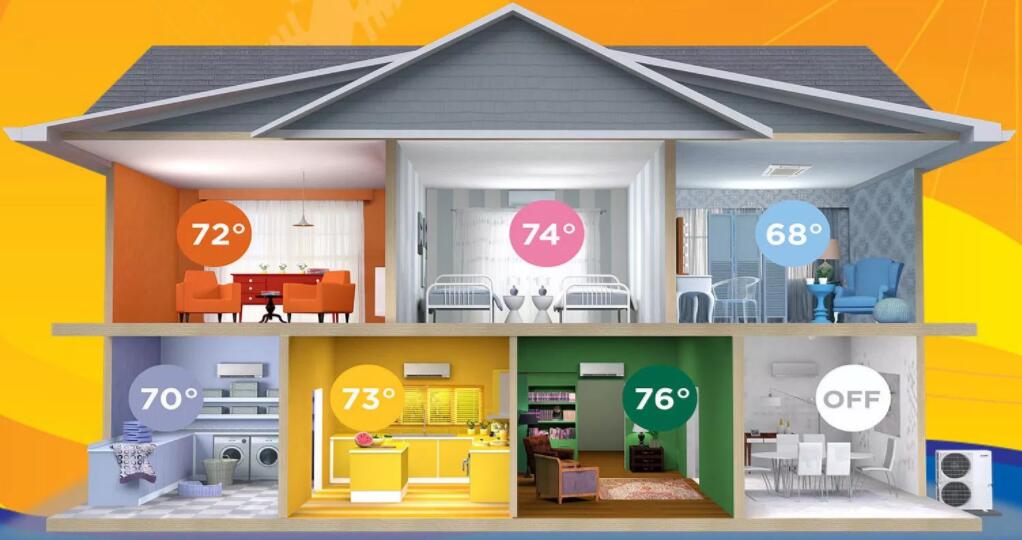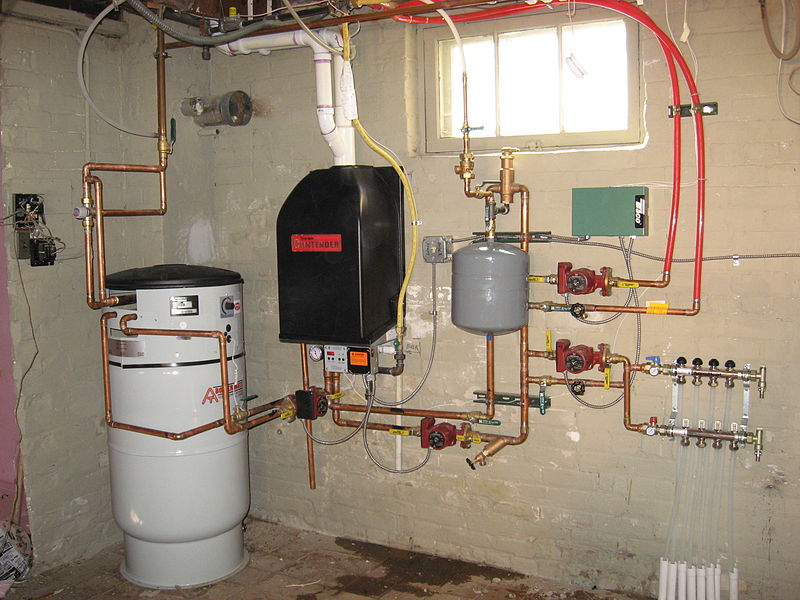Certain limitations do apply, please call for more details.
For Service Now, Call Us Right Now!
- HVAC Contractor
- HVAC Repair
- HVAC Installation
- Furnace Repair
- Furnace Installation
- Heat Pump Repair
- Heat Pump Installation
- Central Heating Repair
- Central Heating Installation
- Heating and Cooling Repair
- Heating and Cooling Installation
- Air Conditioner Repair
- Air Conditioning Installation
- Air Duct Cleaning Services
- Ductless Heating and AC Services
- Install AC
- Install Ducts and Vents
- Install Heating System
- Install Thermostat
- AC Maintenance
- Heating Maintenance
- HVAC Maintenance
- Repair AC
- Repair Ducts and Vents
- Repair Heating System
- Repair HVAC
- Repair Thermostat
- Clean Ducts and Vents
off



Why You Need a Central Heating Installation
Getting a central heating installation is easier than you might think, but you should make sure to find the best company for the job. You can ask for recommendations from friends and family and don't rush. If you want to get a quality job done, you should hire someone with a lot of experience. For example, the owner has been renovating properties for 22 years. He started out as an electrician but now manages his own portfolio and advises other property investors. His experience has given him insider knowledge about trades and how to make it easier or cheaper.
If you live in an area with freezing winters, you'll need a heating system. You'll never be able to keep warm with the same layers of clothing as before, so a central heating installation is a must. Fireplaces and woodstoves are basic options, but you'll need to spend hours chopping wood. This isn't the best option for most people. Ultimately, you need a central heating installation for your home.
A central heating installation can cost between PS800 and PS1,000. A central heating installation can be disruptive to the rest of your home, as plumbers must lift carpets and knock holes in walls. It can be frustrating to continue living in your home during the installation, but you should be able to take advantage of the inconvenience. Then you can use your new heating system with confidence. You can even make use of any new space heaters you have.
When you're looking for a central heating installation company, make sure to find someone who has experience and a good reputation. You want to be able to trust your central heating contractor and feel comfortable with their work. Remember that you're paying them for your home's comfort and safety, so choosing a reputable company can help you enjoy a warm home without any problems. So, when you're ready to hire an experienced central heating installer, make sure to take the time to get multiple quotes.
A central heating installation is often complicated, but the process can be completed quickly. You can hire a professional to complete a central heating installation as soon as you're ready. These projects can cost between $600 and $1000, and can be as simple as a simple replacement for an old system. If you have a central heating installation that needs a high-quality central heater, a technician will be able to install it with minimum disruption to your home.
The process of central heating installation varies depending on the type of system you choose. A central heating system installation may involve laying copper pipe for the water lines, wiring the thermostat, connecting gas lines, and connecting the outdoor unit. The contractor will also run a thorough check on your new system before it's installed. Once the work is completed, you can expect the system to be functional for years to come. If you're remodeling, your technician can even work around your existing heating system.
After the central heating installation is complete, you can move on to the next phase of the process. If you're renovating your home, you can get a central heating installation before you're finished painting or plastering it. You'll have no problems with leaks, and no more cold spots. The technician will also make sure that your radiators are secure. If you're renovating your home and don't want to move during the installation, a heat pump is not a good idea.
After the central heating installation, you should consider whether you'd like to rent a central heating system. You might be able to finance the entire project, but you'll want to be sure it's affordable. You can also ask the contractor to give you an estimate, since this will help you determine which type of central heating system is best for your property. So, it's always wise to choose a company with experience in installing a central heating system.
The next stage of the central heating installation is the installation. You'll need to hire a contractor who specializes in central heating systems. The cost of a central heating installation will depend on the size of the room. A licensed contractor will be able to estimate the costs of a central heating installation by determining how much room it needs to heat. After the installation is complete, you'll have to choose a replacement. If you've got a new home, you'll need to consider a different type.
Key Benefits
Our approach has been simple. Provide a competitive price using qualified HVAC technicians with no hidden fees, backed by a 100% guarantee on workmanship. Our HVAC contractors are available now for any heating and cooling repairs or installation services for your home or business.
Professional Team
Factory Trained Technicians: We only employ factory trained technicians, they’re the best in the industry. Your work will be done right the first time.
Work done on Time
With over 25 years of experience in the industry, we boast all of the knowledge and expertise needed to handle even your most stubborn HVAC issues.
24/7 Emergency Service
We have technicians available for all heating and cooling jobs and we are available 24/7
Award Winning Firm
We are dedicated to the pursuit of excellence and the demonstration of high professional standards.
More Information
What is Central Heating?
A central heating system is a system that uses vents and ductwork to circulate heat throughout the entire interior of a building. The heating unit is typically located in one place and must be sized for the size of the building. This means that a large building will need a different type of heating system than a small one. However, even small buildings can benefit from central heaters. Read on to learn more about this type of heating. Liquid fuels, such as kerosene or heating oil, are commonly used in central heating systems. These fuels are cheap to purchase and require little maintenance. The only thing that needs to be maintained is the humidifier and filter. Most of the time, though, it is better to hire a professional for such maintenance. And, as long as the ductwork is installed properly, central heating should last for decades. While central heating systems have many advantages, they are expensive to install. Most homeowners will want to hire a professional to do it, as ductwork can be difficult to install in older homes. Despite the high cost of installing a central heating system, the system will require little maintenance, other than replacing the humidifier and filter. Unless you are handy with tools, most problems with central heating should be handled by a professional.
How Does Central Heating Work?
Central heating uses a combination of air and hot water to provide comfort and heat in a home. The temperature of the air is controlled by a thermostat which turns on the boiler when the room is too cold and switches it off when the room is warm enough. The system also features a timer, which lets you set when the room should be heated up. To understand how central heating works, take a look at some of the most common elements of a central heating system. A radiator works by drawing in cold air from the inside of a house. A system of internal pipes heats the water as it flows through the central heating system. When the water is heated, the air that surrounds the pipes gets hot. This warms the surrounding area and circulates around the room. The radiator then dispenses the heated air to the room. This process allows a central heating system to keep a home warm even in extreme temperatures. A central heating system has two main components: a boiler and radiators. A boiler is powered by electricity or gas, and circulates the water to heat the entire house. Radiators typically hold about 100 liters of water, which is why it is important to drain them and open the heating circuit. However, if you have an old radiator, you can simply replace it with a new one. In either case, the heating system will continue to provide the necessary warmth.
What Is Forced Air Heating Vs Central Heating?
Many homeowners are wondering, "What is forced air heating vs central heating?" In this article, we will examine the pros and cons of these two types of heating systems and help you decide what will best work for your home. One of the most important things to consider when choosing an HVAC system is energy efficiency. While electric systems tend to be less efficient than natural gas ones, they can still provide a warm, comfortable environment. A forced air system may contain an electric furnace, a gas furnace, a heat pump, or a hydronic coil. In recent years, however, these systems have become much more efficient. Forced air heating systems are typically quiet, and efficient, but they are not silent. The air is pushed through ducts under high pressure, which can lead to a buildup of dust and mold. These issues can be mitigated by routine maintenance and filter replacements. In addition to this, forced air heating systems have a lot of potential pitfalls. If you have a furnace or heat pump that produces a high amount of dust, you should avoid them. Another disadvantage of forced air heating is that it's difficult to install in older homes without ductwork. It's also more expensive than central air. But in this case, you'll be able to save money and enjoy the comfort that forced air provides. Whether you choose a heat pump or a forced air system, you'll be glad you did. There are many advantages to both.
How to Install a Thermostat for Central Heating
Before installing a new thermostat, you need to understand its wiring. Most thermostats are mounted on the wall and have small switches for controlling the temperature and the factory settings for the heating system. If you're unsure of the proper connection, consult the user manual for instructions. Then, remove the backplate and expose the wires to be connected to the thermostat. Some thermostats also have a memory feature that remembers its programmed temperature even when the power goes out. If you're installing a new thermostat, the wiring of the thermostat is located in the node. Before you connect the wires to the node, you should use a voltage tester to check the wiring. Then, attach the wires to the correct terminal. It's best to connect the wires to the proper terminal. Some people like to loop the wires around the screws to make them more secure. If you're using a pre-installed heating system, the wiring is already attached to the wall plate. After ensuring that all the wiring is properly connected, you can install the new thermostat. You'll need three wires: a black one for turning on the furnace, a white one for powering the thermostat, and a green wire for the wires to run through. Some thermostats have two or three wires, and a third for the wiring. You may need to buy a third wire to connect the new thermostat to the wiring.
Where are your service locations?
Award winning work
Expert, guaranteed workmanship. Warranty on Parts & Labor
We are accountable to each other and the community we have sworn to serve. We are dedicated to the pursuit of excellence and the demonstration of high professional standards.


